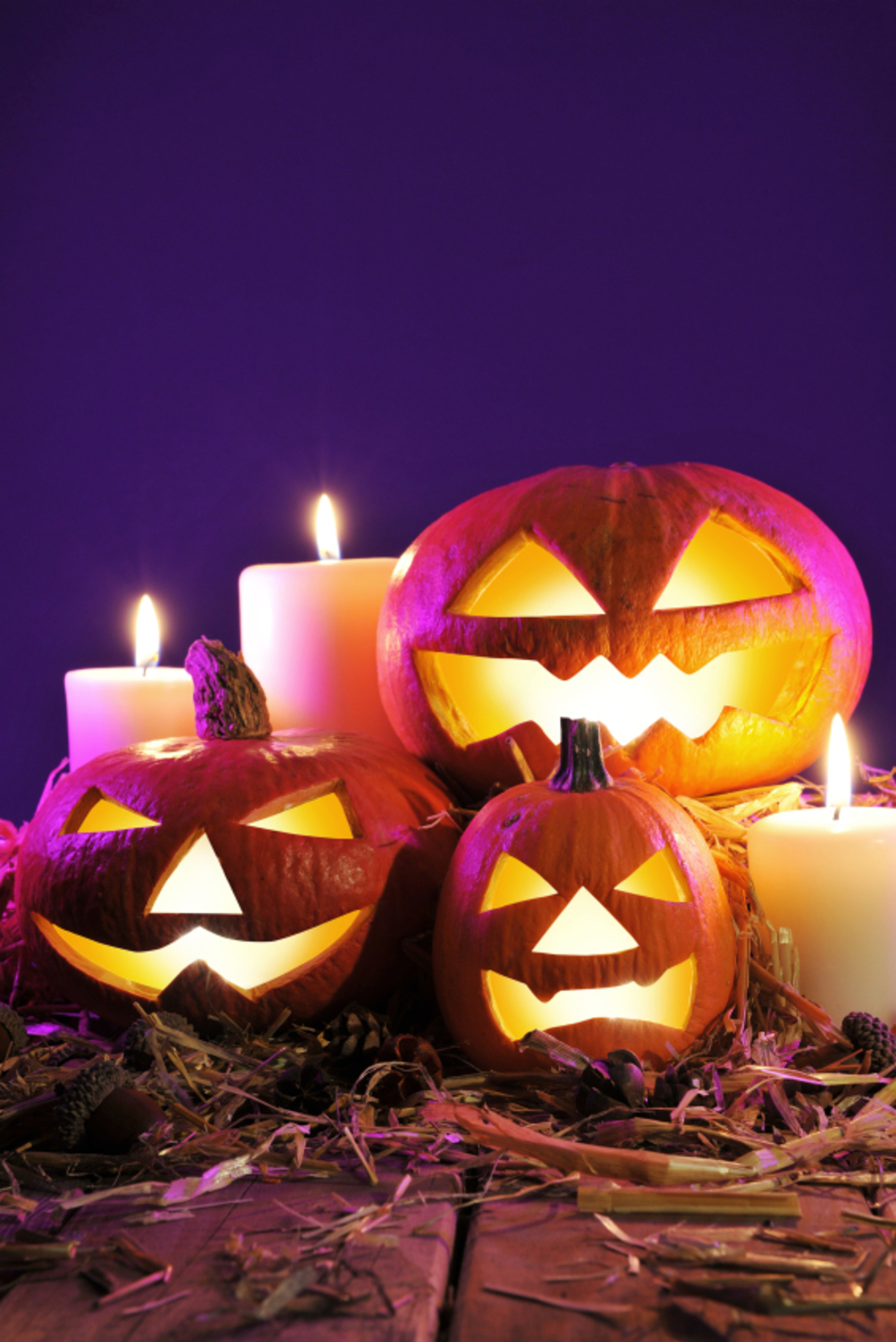
Episode Transcript
Interviewer: Don't get burned this Halloween. That's coming up next on The Scope.
Announcer: We're your daily dose of science, conversation, medicine. This is The Scope, University of Utah Health Sciences Radio.
Interviewer: Halloween is kind of a recipe for disaster, really. Think about it. You've got a bunch of really candy-motivated kids running around in their costumes, some of which limit vision or are a tripping hazard or are hard to see in the dark. They're not thinking straight because they just want to get to that next doorstep, and they're running on pure excitement and giddiness. A lot of potential dangers and one of those potential dangers could be burn.
Annette Matherly from the University of Utah Burn Center, she's our expert. Let's, first of all, talk about kids, Halloween, and burns.
Annette: Burn injury is one of the most painful injuries that a human body can suffer, both emotionally and physically, and they last a lifetime. Prevention of burn injury is always preferable to treatment. If we can make simple changes in behavior in our environment, then we will be less likely or our loved ones will be less likely to sustain a burn injury.
So this is probably something that many don't think about, but kids love to wear those costumes that trail around with the capes. They love to be superheroes with billowing sleeves and big princess dresses. But what parents need to remember is that those capes and those dresses can touch candles unexpectedly, and that clothing can ignite. So that's really an important factor when choosing a costume for your child.
Interviewer: But I thought most costumes nowadays are fireproof. So why would you even have to worry about that?
Annette: Well, they're not exactly fireproof. They're fire resistant, and what that means is that they will still catch on fire. It will just take them a little while longer. They may catch, and then by the time the child realizes that their cape is on fire, it may be too late and the cape may be engulfed, and then they need to stop, drop and roll. The other thing about that is that homemade outfits will catch on fire. They may not have that fire resistance attributed to costumes that can be store bought.
Interviewer: In the Burn Center, you've seen costumes that have caught on fire?
Annette: Absolutely. Unfortunately, one that I particularly remember is a little boy whose cape caught on fire as he was running around the house. It caught on a portable heater that was just stuck there. Nobody ever expects that. It's just something that catches you out of the blue.
Interviewer: Yeah, so it's not necessarily the jack-o-lanterns with the candles inside. It can be anything.
Annette: Absolutely, although the jack-o-lanterns with the candles inside are a problem, too. Hopefully, everyone remembers that if there is a jack-o-lantern with a candle on it, it should be well away from the walkways of children that are walking to and from the homes collecting candy.
Interviewer: A lot of people like to put up old cornstalks and bales of straw. Keep them away from that stuff in case the wind blows them over or something, I think.
Annette: Oh, yeah. There's nothing more spooky than those cornstalks and the dangly things that are over the doorways, but remember those are not only a fire hazard, but they're an escape hazard too. So exits should not be blocked with any of that stuff.
Interviewer: It's always good to remember the basics, because regardless of the season, I mean, we could talk about Christmas and the fire dangers there, you could talk about a lot of holidays, but it's just important to remember the basics. What are the basics you should teach your family?
Annette: It goes back to kindergarten, right? When we're in kindergarten, we learned to stop, drop and roll. But as an adult, when was the last time that you stopped, dropped and rolled? So this is applicable not only to children, but applicable to adults too. Sometimes we'll see adults come through that forget those basics, and they run when they're on fire, and they don't stop, drop and roll and cover their face. So this is a great opportunity to review with everyone stop, drop and roll.
It's a great opportunity to review home exit drills and the importance of getting out of the home and not returning for anything, no matter what. It's also a great opportunity to test the fire alarms and make sure that they're working so that if something occurs, then everybody will be warned and will be able to get out of the house in a timely manner.
Interviewer: I think it's important to remember we don't need to be alarmist about these sorts of things. We should still enjoy having the cornstalks and the jack-o-lanterns, maybe be a little smarter about it and a little bit more aware. Candles in jack-o-lanterns a bad idea?
Annette: Oh, please, please use a flashlight or use those really cool glow sticks that have those awesome colors. It's just one more danger that doesn't need to exist.
Announcer: TheScopeRadio.com is University of Utah Health Sciences Radio. If you like what you heard, be sure to get our latest content by following us on Facebook. Just click on the Facebook icon at TheScopeRadio.com.